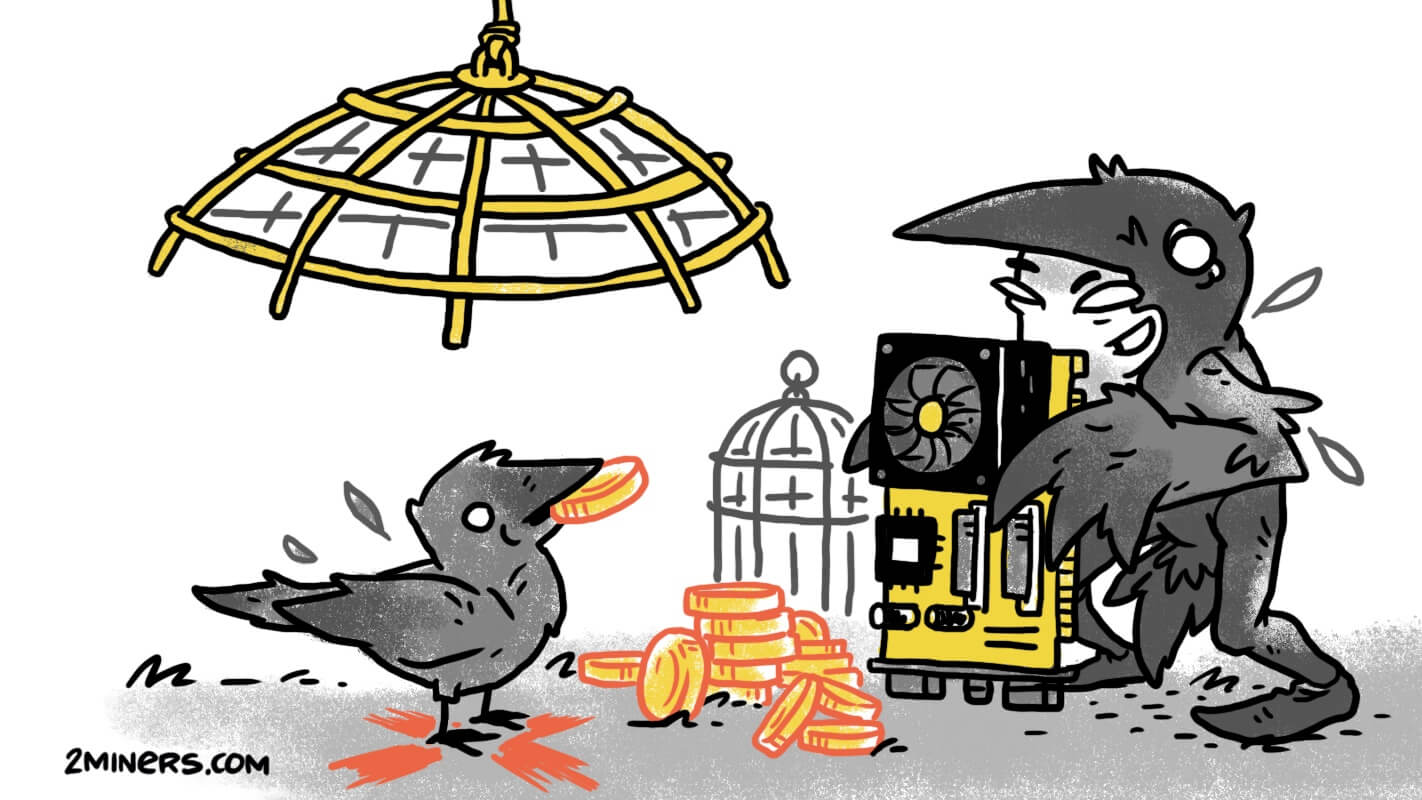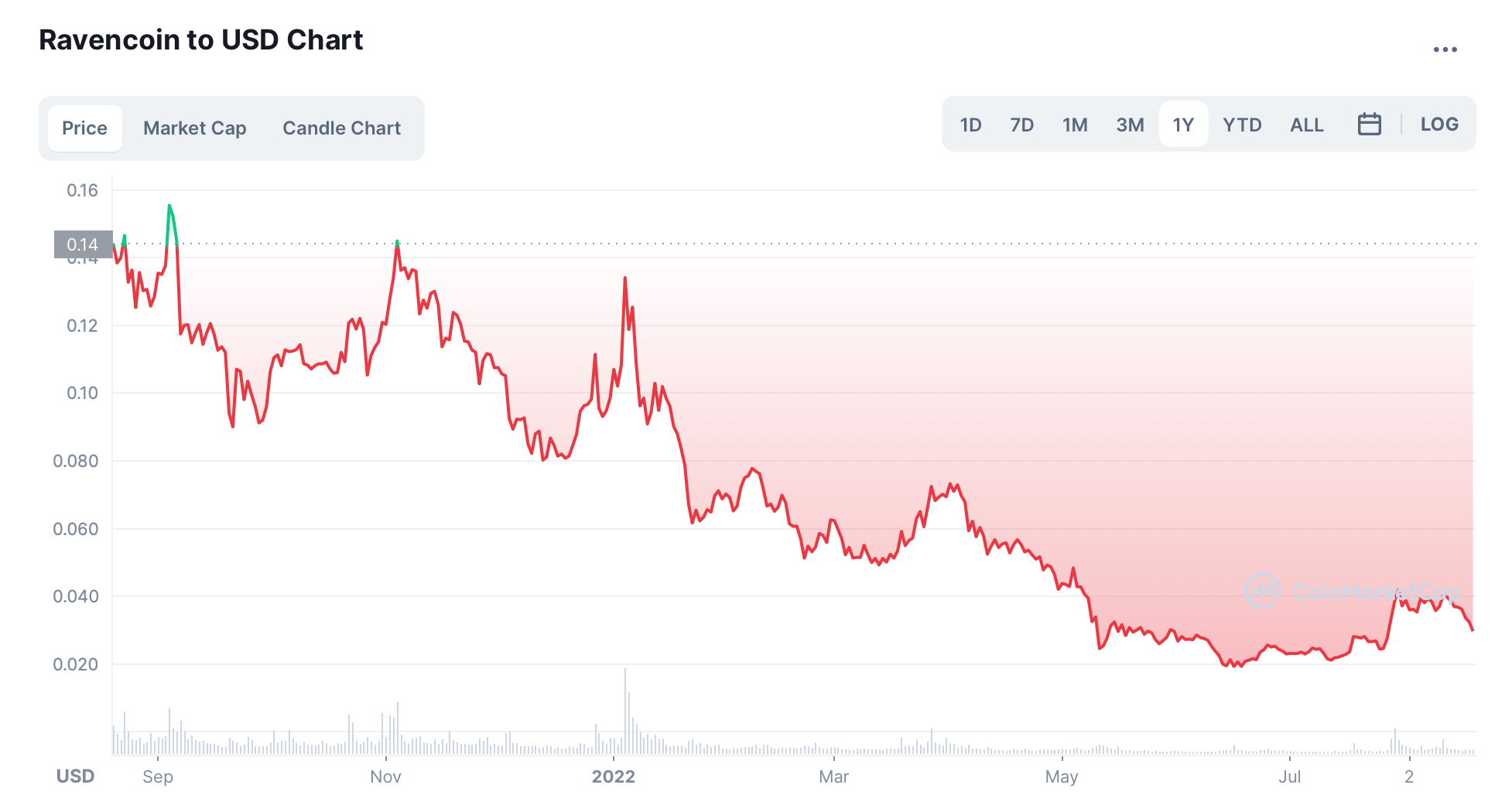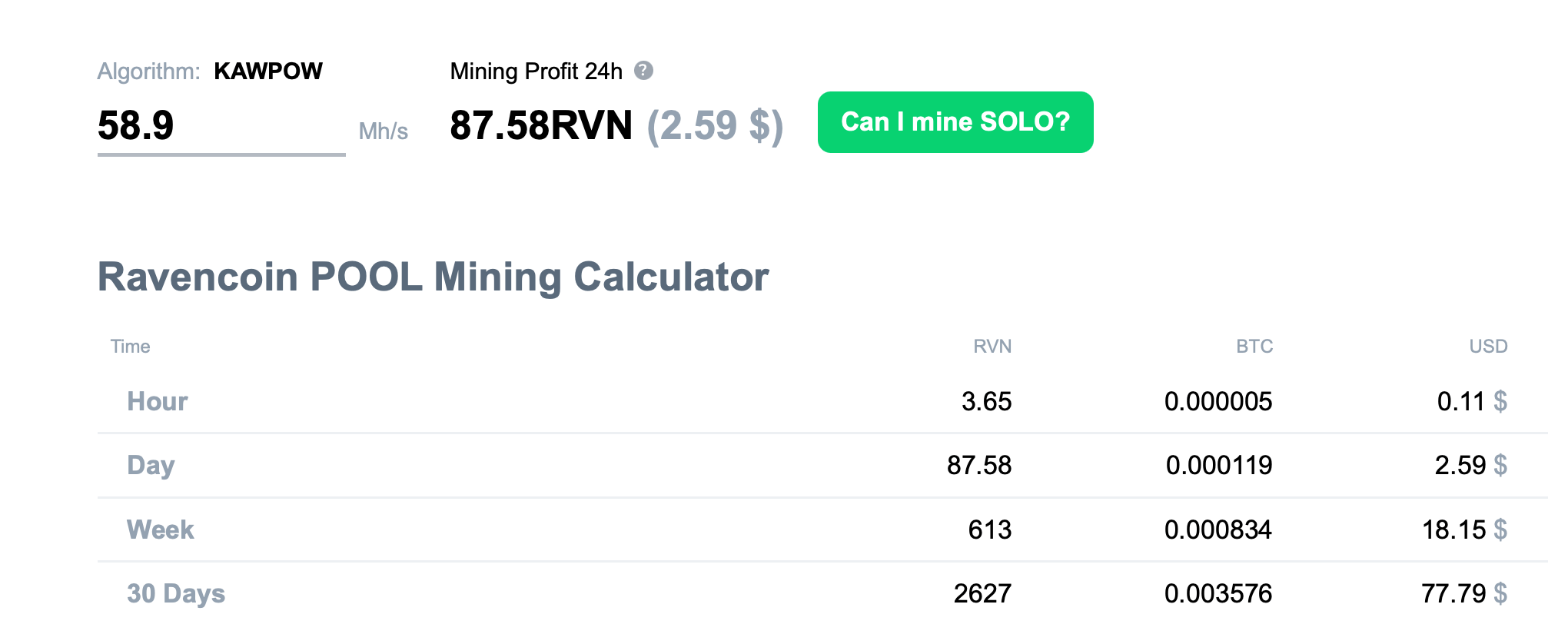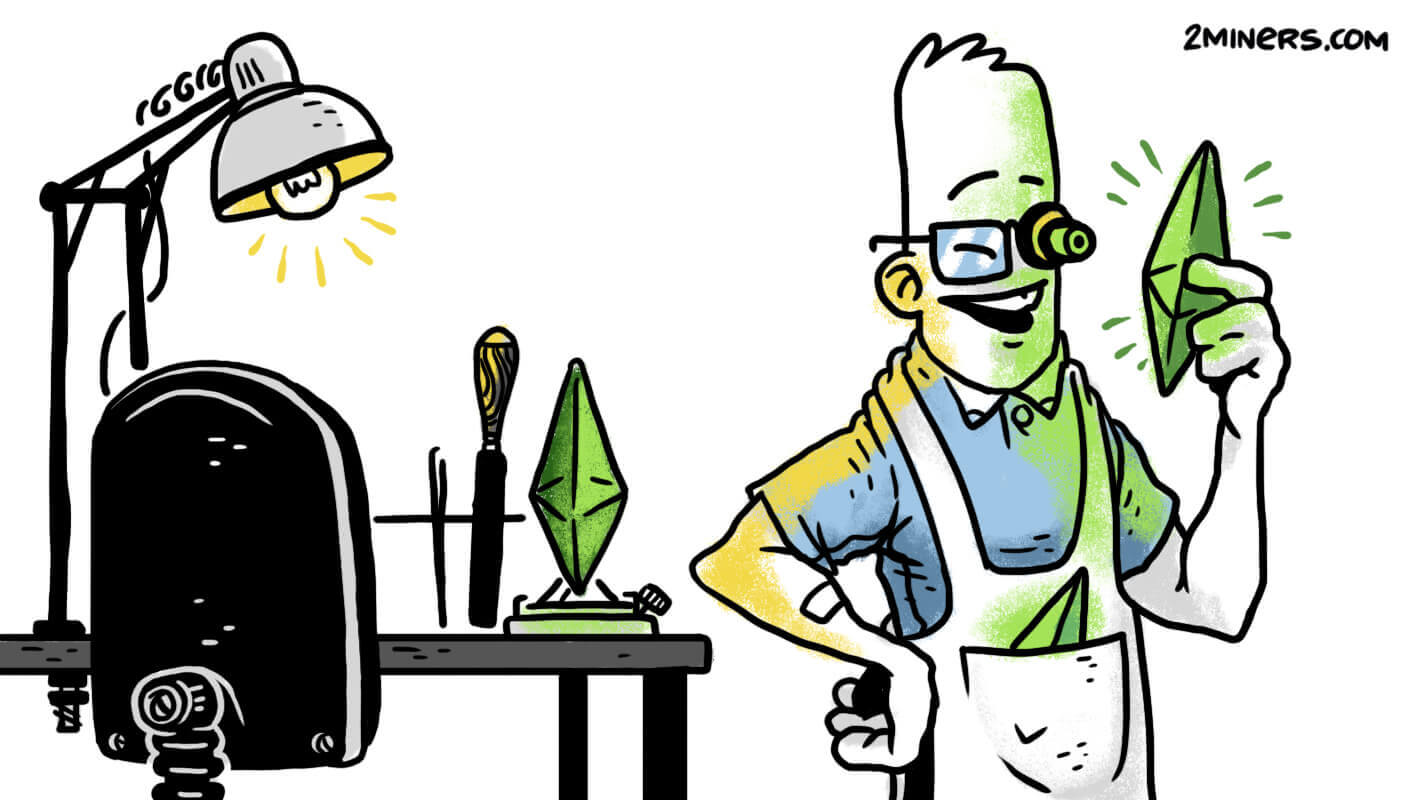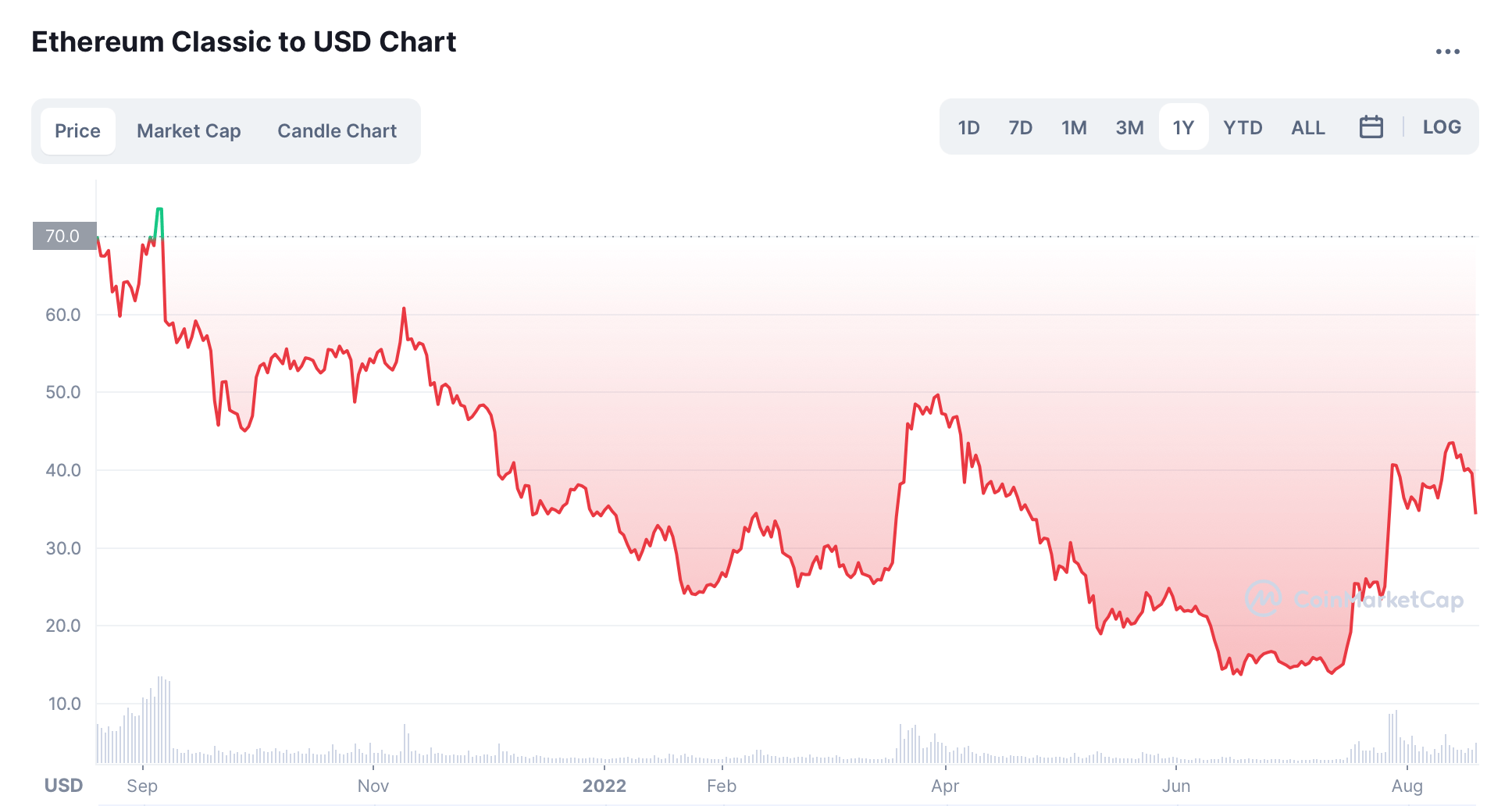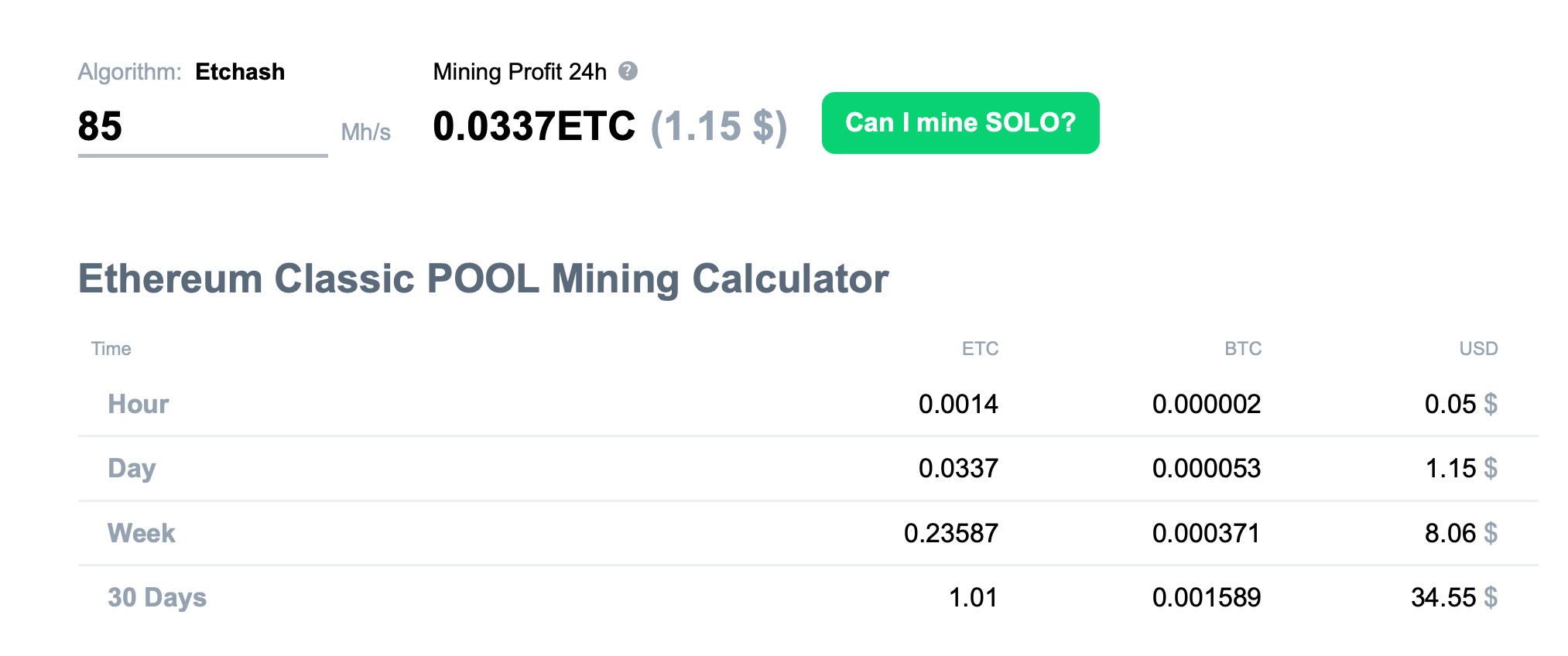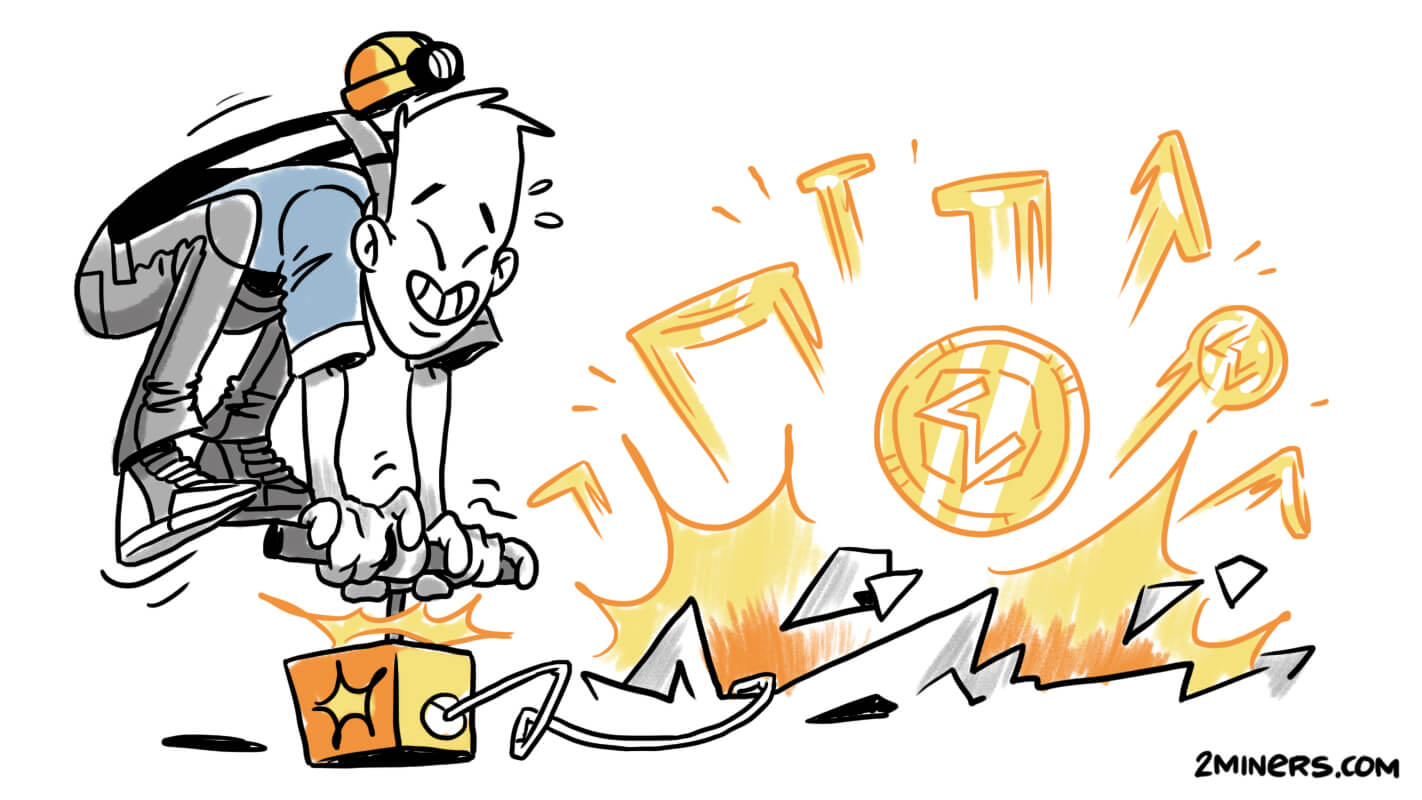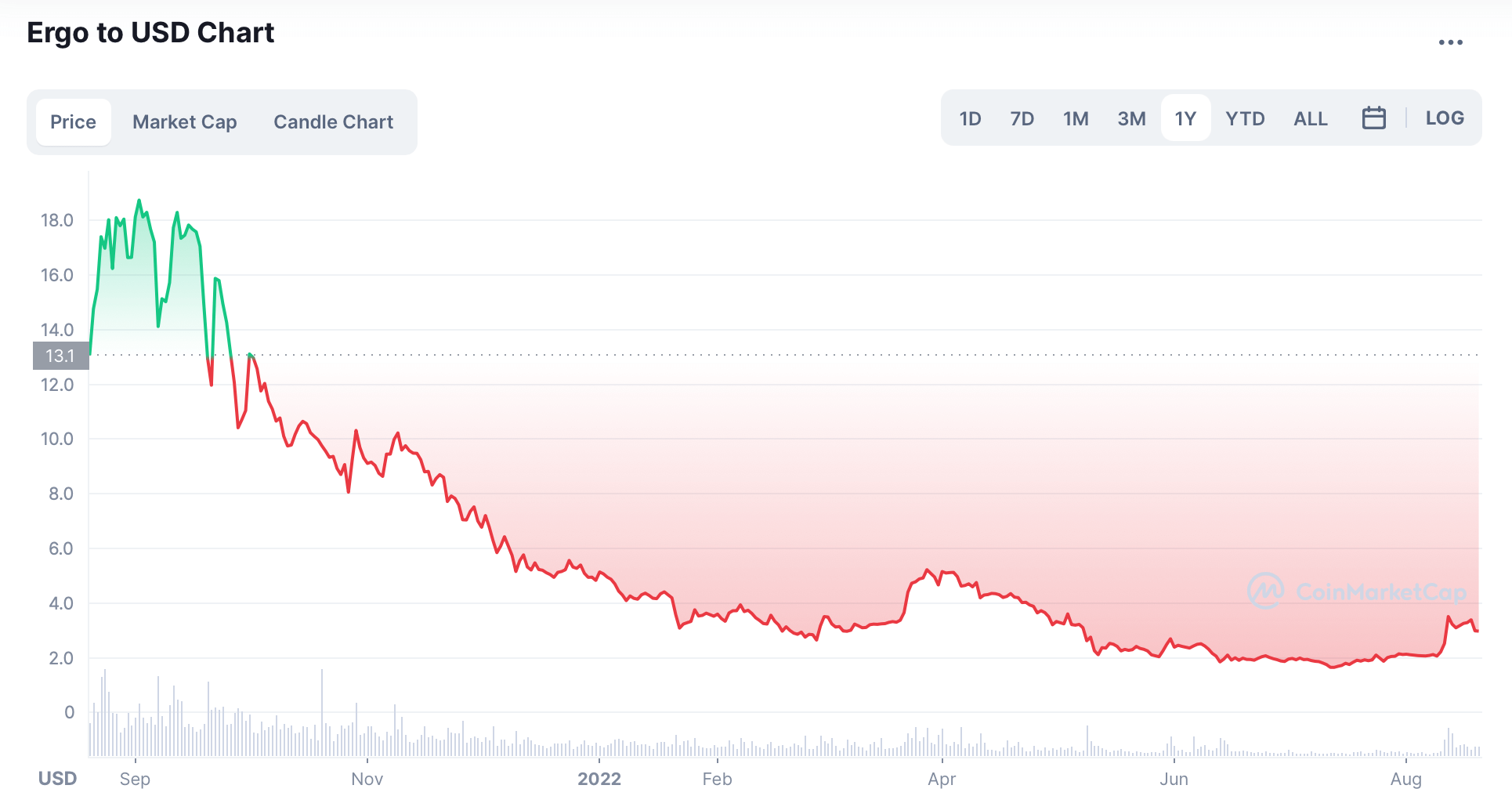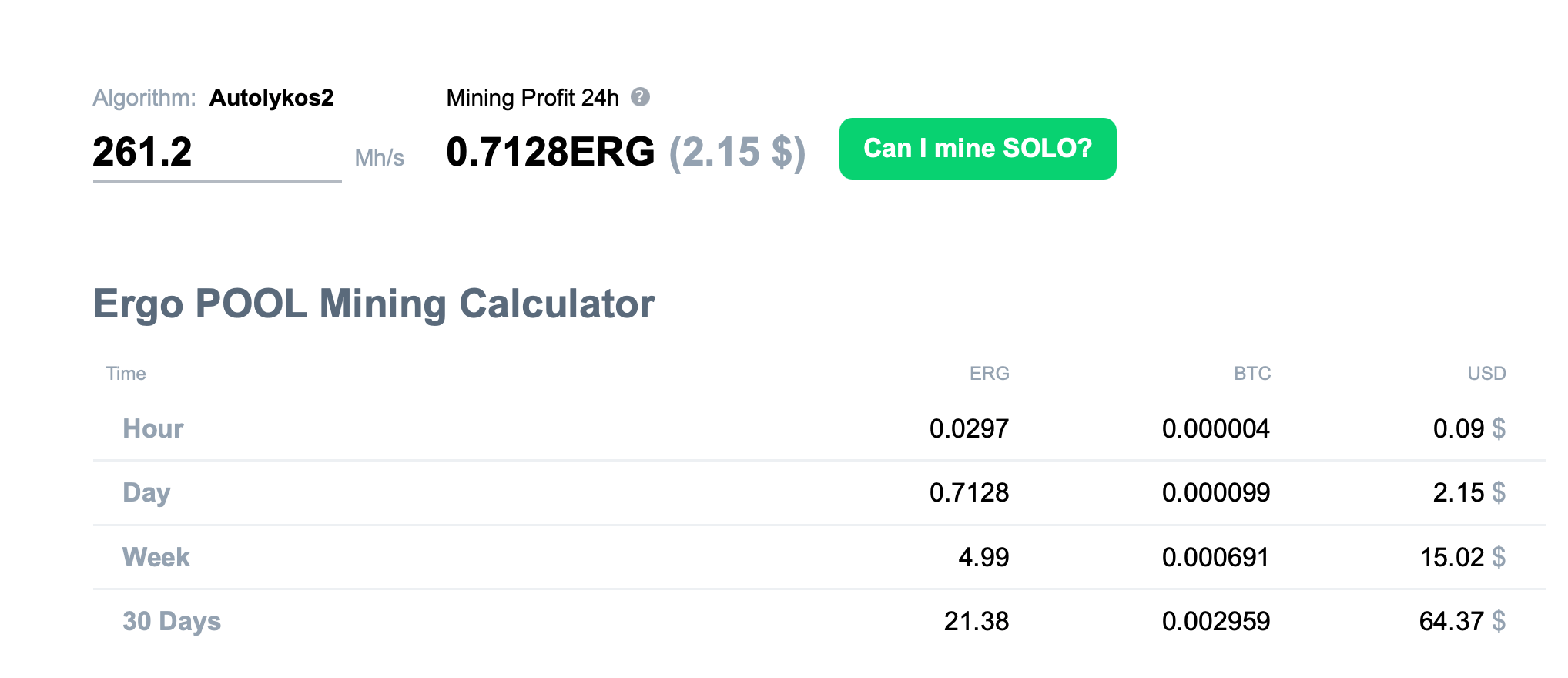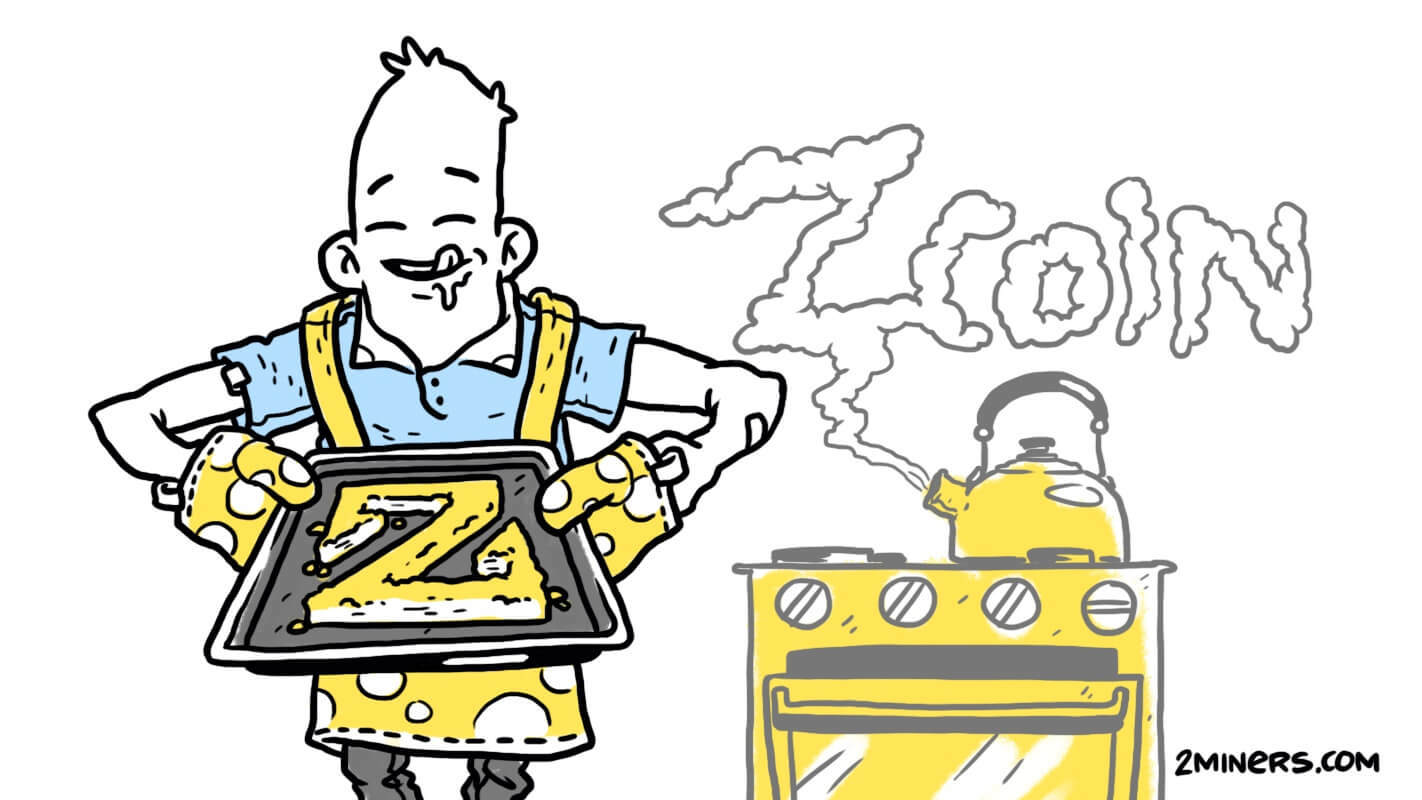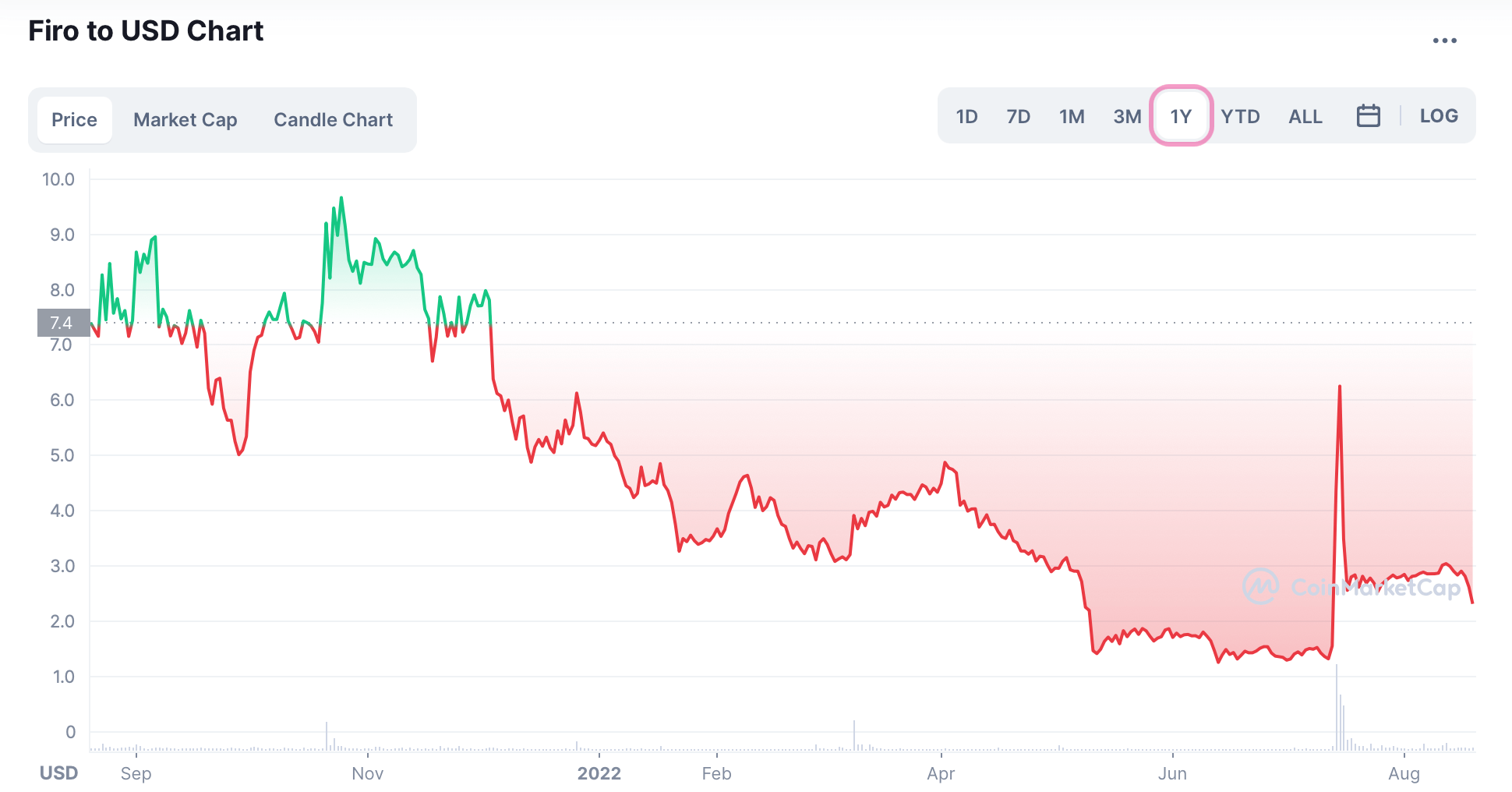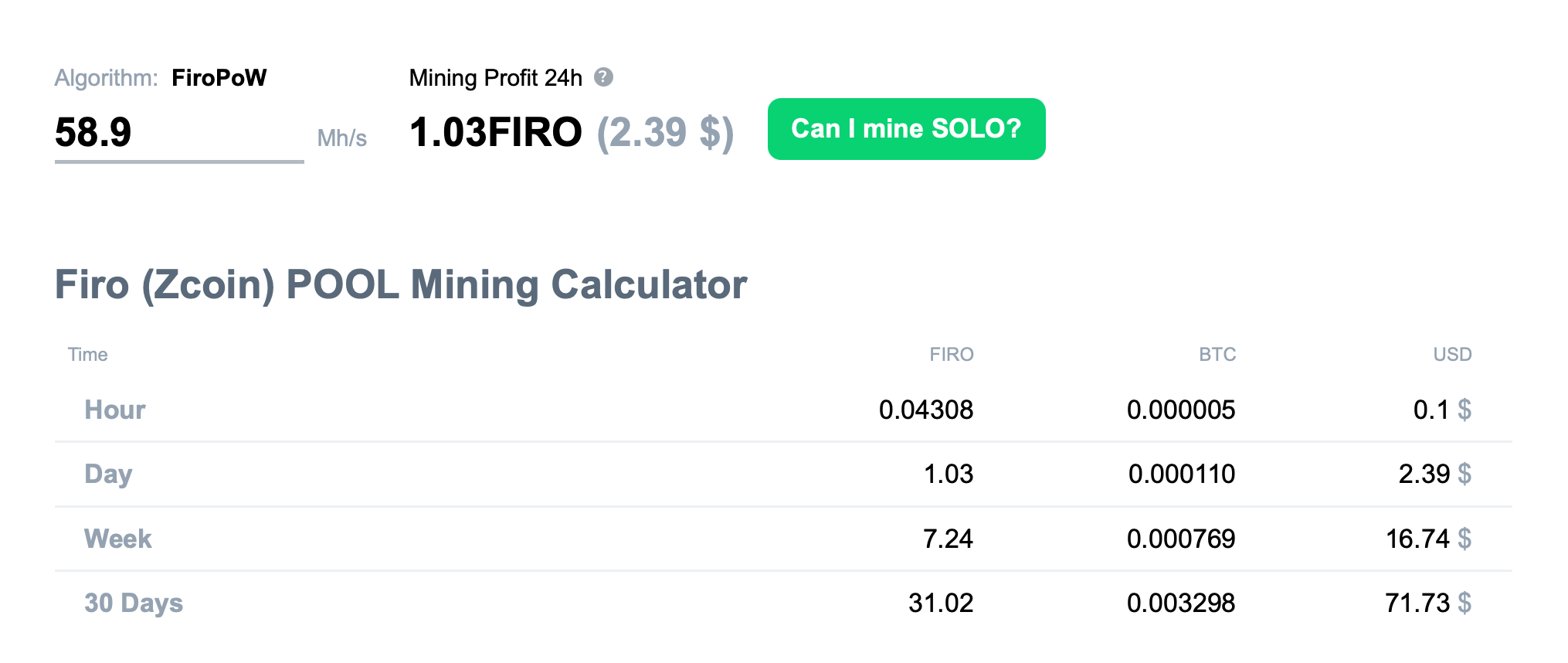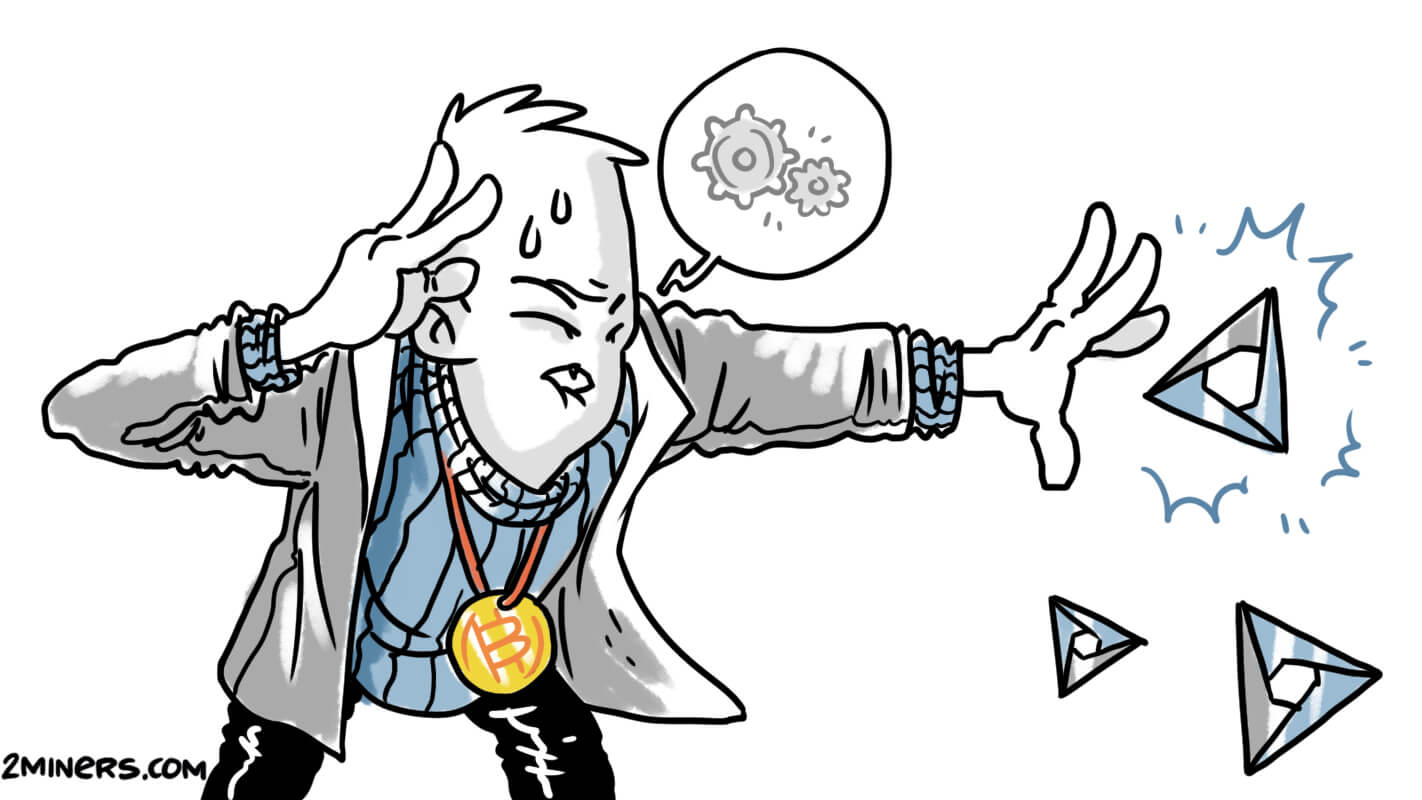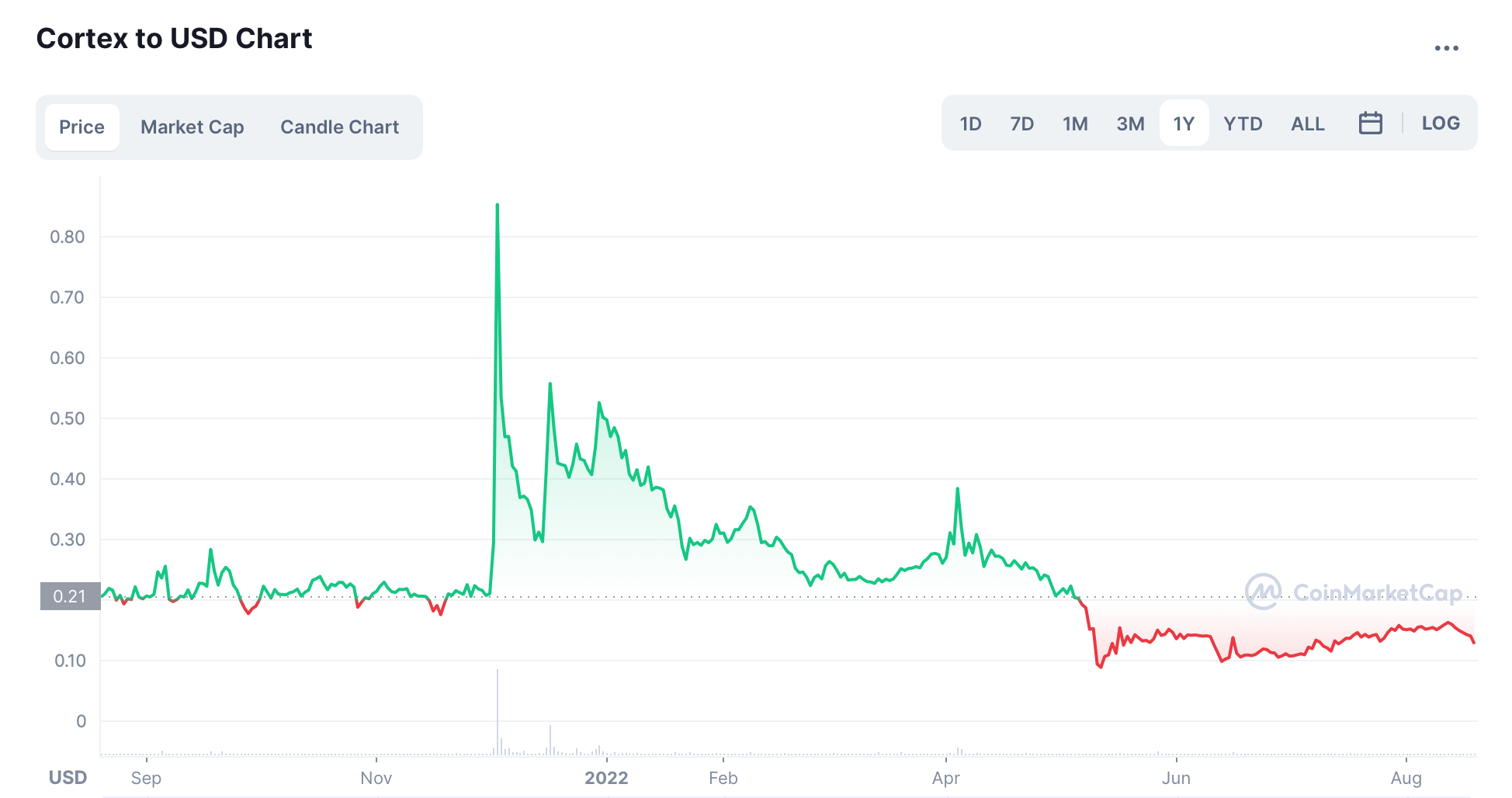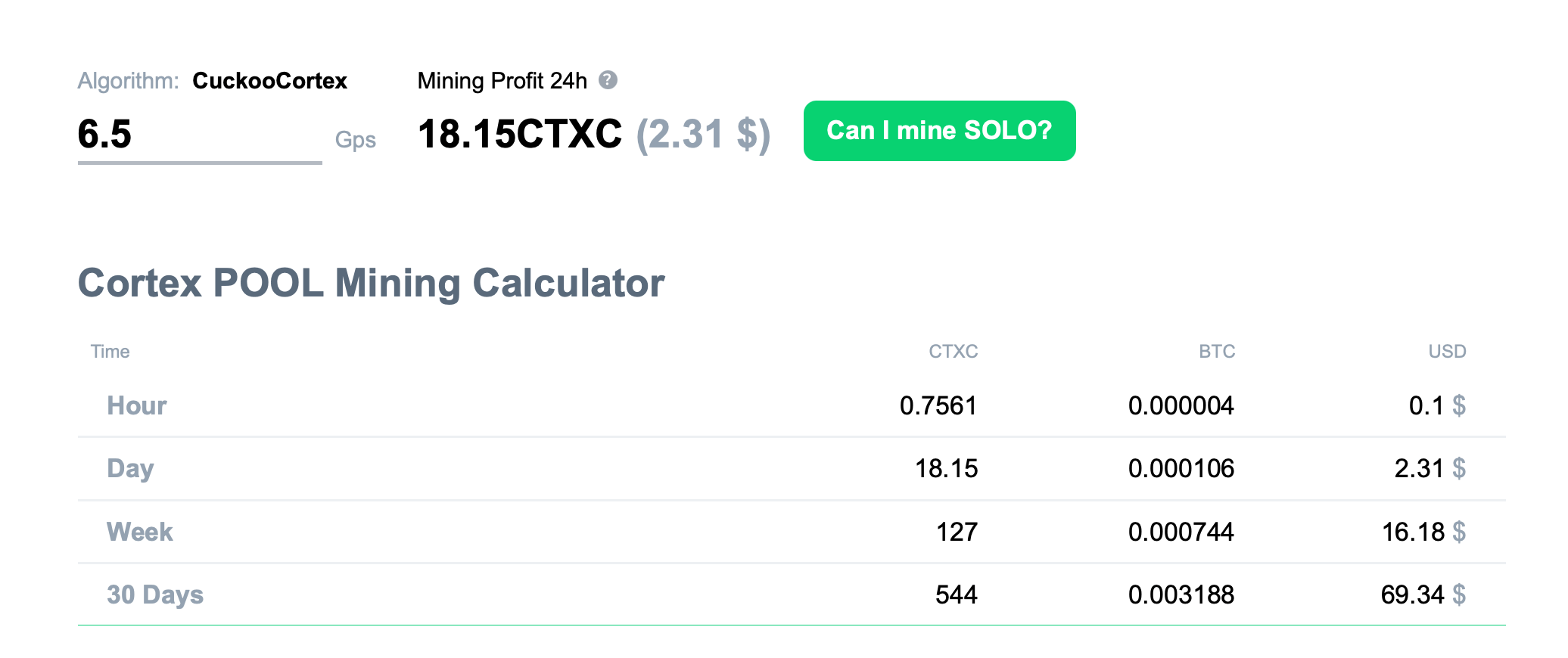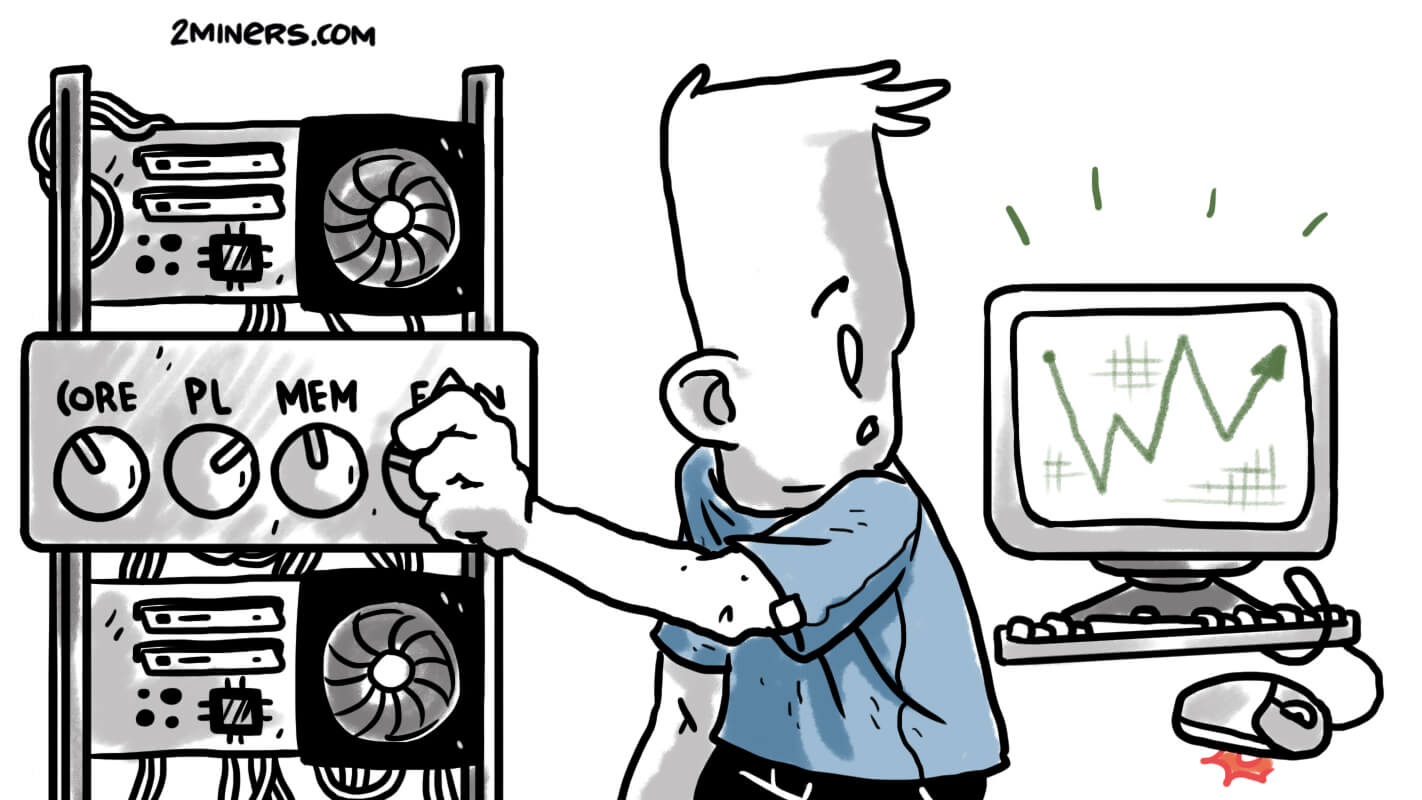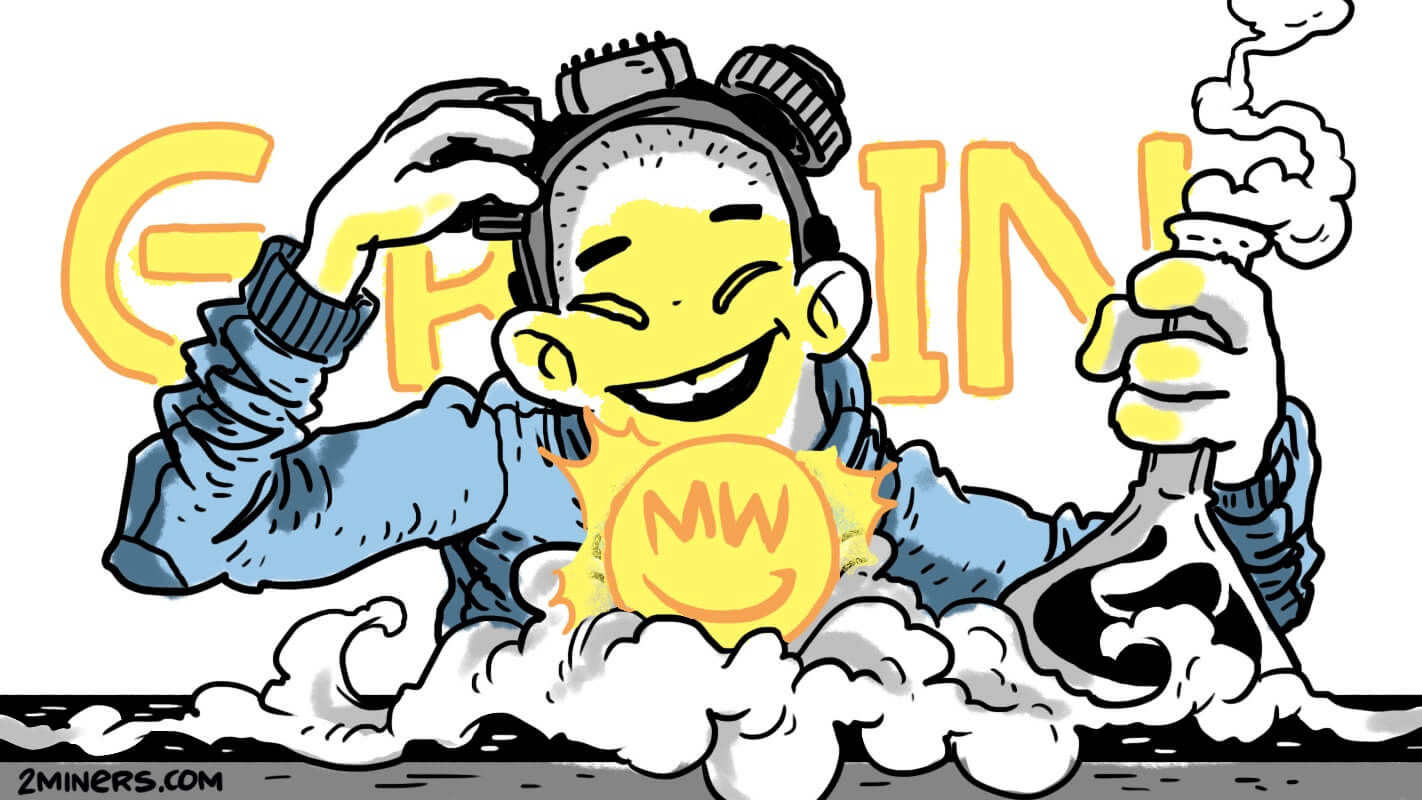Contents
Why Does Everyone Mine Ethereum?
Nowadays the vast majority of miners mine Ethereum because it’s the most profitable cryptocurrency on most GPUs. You can see it for yourself by using the 2CryptoCalc mining profitability calculator.
This cryptocurrency takes a lot of space on GPU memory: the ETH DAG file is already over 4.5 GB and it requires 8MB more every 3–4 days. Still, most beginners with one GPU try to mine it and then get frustrated by high fees as they get their rewards. The 2Miners pool created a unique payout system that lets you get your rewards daily and without fees. Read more here.
GPU Mining Algorithms
Let’s divide the most popular mining algorithms into two groups: cold ❄️ and hot 🔥. Read more about it in the article titled “Beginning Miner’s Guide and GPU Overclocking on Different Algorithms”.
Cold Algorithms
Cold algorithms mostly use GPU memory, and that is why we increase memory clock (MC) and decrease core clock (CC) or leave it as is. The main characteristics of such algorithms are low power consumption, low core temperature, and high memory temperature.
Cold algorithms are: Ethash (Ethereum), Etchash (Ethereum Classic), Autolykos2 (Ergo).
Some also distinguish neutral algorithms that require you to increase only core clock. All Cuckoo algorithms are neutral: CuckooCortex (Cortex), CuckooCycle (Aeternity), Cuckatoo32 (Grin).
Hot Algorithms
Hot algorithms use both core and memory, and that is why we increase core clock (CC) and memory clock (MC). The main characteristics of such algorithms are high power consumption, high core temperature, and high memory temperature.
Hot mining algorithms are: KAWPOW (Ravencoin), FiroPow (FIRO), BeamHashV3 (BEAM), Equihash 144.5 (Bitcoin Gold).
Comparing Mining Algorithms
We compared mining algorithms in the table below. We chose Nvidia 3080Ti overclocking settings as an example. The table shows GPU hash rate, core temp, memory temp, and power consumption. If you want to learn how to overclock any GPU, read: “How To Overclock Nvidia and AMD Graphics Cards on Different Algorithms”.
Note that depending on the algorithm power consumption changes as well. This might be important to consider when choosing which coin to mine. Say, the calculator shows that Ethereum Classic (ETC) and Ravencoin (RVN) are the same in terms of mining profitability for your video card. Then you should choose ETC. You will save 25% on power compared to RVN.
The algorithms in the table above are the main competitors of Ether’s algorithm (Ethash). Hot algorithms are highlighted in orange, cold algorithms – in blue. Let’s take a closer look at the main coins of these algorithms, their mining profitability, and other features.
Ravencoin Mining
In 2021 Ravencoin (RVN) became the second most popular coin among GPU miners due to the increase in its exchange rate, its simplicity, and low hardware requirements. Not so long ago you could mine RVN on 3GB GPUs, now you need 4GB which is also good compared to most competitors.
High rig stability, presence on most exchanges, and a relatively stable exchange rate made this currency popular among miners.
Due to the “simplicity” of the algorithm, the top latest-generation graphics cards (with 8GB+ of RAM) can’t operate at full capacity and use all advantages they have, especially high-speed memory. So the following cold algorithms that are designed to use memory are usually more profitable on such GPUs: CuckooCortex, Etchash, Autolykos2, CuckooCycly, Cuckatoo32.
Ravencoin’s mining indicators:
- Mining algorithm: KAWPOW (Hot 🔥)
- Minimum GPU memory: 4GB
- Block reward: 5000 RVN
- Average block find time: 1 minute
- Traded on exchanges: Binance, Huobi, Gate, Bittrex and others.
- Rank in the cryptocurrency chart: 106.
Approximately more than 60 thousand miners mine RVN.
You can always get the bat file for RVN mining on the Quick Start page of the Ravencoin pool. Here is an example for Gminer:
miner.exe --algo kawpow --server rvn.2miners.l1q3urman.workers.dev:6060 --user YOUR_WALLET_ADDRESS.RIG_ID --pass x pause
For T-rex:
t-rex.exe -a kawpow -o stratum+tcp://rvn.2miners.l1q3urman.workers.dev:6060 -u YOUR_WALLET_ADDRESS.RIG_ID -p x pause
Read our guide: How to Mine Ravencoin RVN KAWPOW Fork.
Ethereum Classic (ETC) Mining
Ethereum Classic (ETC) is the original Ethereum network that went against Ethereum’s controversial 2016 upgrade and performed a hard fork separating from the main ETH chain.
After a series of severe 51% attacks on the ETC network, the developers realized that it’s unsafe to remain in the background and use the same mining algorithm as Ethereum and slightly changed it. They also halved the DAG file size located in GPU memory thus making it possible to mine even on GPUs with 3GB. Clearly, ETC’s DAG file keeps growing, and in 2022 3GB graphics cards won’t be able to mine the cryptocurrency even on Linux systems.
Today this cryptocurrency is ideal for most old GPUs with 4GB of RAM. Plus, many cryptocurrency exchanges list the coin, so you can easily exchange it into other cryptocurrencies or fiat money with minimum expenses.
- Mining algorithm: Etchash (Cold ❄️)
- Minimum GPU memory: 3GB
- Block reward: 3.2 ETC
- Average block find time: 13 seconds
- Traded on exchanges: Binance, Huobi, Gate, Bittrex, KuCoin, Coinbase, and others
- Rank in the cryptocurrency chart: 20.
Approximately 90 thousand miners in the world mine Ethereum Classic. It’s about 900 thousand GPUs with an average speed of 30 MH.
You can always get the bat file for ETC mining on the Quick Start page of the Ethereum Classic pool. Here is an example for lolMiner (AMD graphics card):
lolMiner.exe --algo ETCHASH --pool etc.2miners.l1q3urman.workers.dev:1010 --user YOUR_WALLET_ADDRESS.RIG_ID pause
Below is the bat file for Gminer that can be used with both AMD and Nvidia:
miner.exe --algo etchash --server etc.2miners.l1q3urman.workers.dev:1010 --user YOUR_WALLET_ADDRESS.RIG_ID pause
For T-Rex (Nvidia only):
t-rex.exe -a etchash -o stratum+tcp://etc.2miners.l1q3urman.workers.dev:1010 -u YOUR_WALLET_ADDRESS -w RIG_ID -p x pause
Read our guide: How to Mine Ethereum Classic.
ERGO Mining
ERGO is the youngest coin on our list. Its low-maintenance mining algorithm lets you mine even with 3GB GPUs.
In a short time, this coin managed to attract almost a quarter of ETC miners: mostly GPUs with 3GB/4GB of RAM.
- Mining algorithm: Autolykos2 (Cold ❄️)
- Minimum GPU memory: 3GB
- Block reward: 67.5 ERG
- Average block find time: 140 seconds.
- Traded on exchanges: Gate, KuCoin, CoinEx, HotBit, and others.
- Rank in the cryptocurrency chart: 260.
20–30 thousand miners mine this coin in the world, which is equivalent to 200–300 thousand GPUs. The estimate is vague due to a significant difference in types of cards on the algorithm.
You can always get the bat file for ERG mining on the Quick Start page of the Ergo pool. T-Rex is for Nvidia:
t-rex.exe -a autolykos2 -o stratum+tcp://erg.2miners.l1q3urman.workers.dev:8888 -u YOUR_WALLET_ADDRESS -w RIG_ID -p x pause
Team Red Miner is for AMD:
teamredminer.exe -a autolykos2 -o stratum+tcp://erg.2miners.l1q3urman.workers.dev:8888 -u YOUR_WALLET_ADDRESS.RIG_ID -p x pause
Here’s our guide: How to Mine Ergo — a Detailed Guide for Beginners and Miner Setup.
Firo Mining
Not so long ago FIRO was using an extremely heavy algorithm called MTP that required 5GB of RAM. It also generated significant Internet traffic for the pool and miner: each share reached 200KB which is hundreds of times more than a share of any other algorithm.
On October 26, Firo performed a system-wide upgrade changing its algorithm from MTP to FiroPoW. FiroPoW is a modified ProgPoW algorithm developed for Ethereum but never implemented. It is similar to Ravencoin’s KAWPOW algorithm.
FIRO’s FiroPoW is basically identical to Ravencoin’s algorithm. The only difference is FIRO’s larger DAG size: currently FiroPoW requires a little over 4GB of RAM. Every 1.5 years DAG size will increase by 1GB which will make it impossible to mine on GPUs with 6GB of RAM by the end of 2024.
- Mining algorithm: FiroPoW (Hot 🔥)
- Minimum GPU memory: 6GB
- Block reward: 6.25 FIRO
- Average block find time: 5 minutes.
- Traded on exchanges: Binance, Huobi, Gate, Bittrex, HitBTC, and others.
- Rank in the cryptocurrency chart: 541.
At least 5 thousand GPUs in the world currently mine FIRO.
You can always get the bat file for FIRO mining on the Quick Start page of the Firo pool. Here is an example of the bat file for T-Rex (Nvidia):
t-rex.exe -a firopow -o stratum+tcp://firo.2miners.l1q3urman.workers.dev:8181 -u YOUR_WALLET_ADDRESS.RIG_ID -p x pause
For Team Red Miner (AMD):
teamredminer.exe -a firopow -o stratum+tcp://firo.2miners.l1q3urman.workers.dev:8181 -u YOUR_WALLET_ADDRESS.RIG_ID -p x pause
Read our guide: Firo (ZCoin) Hard Fork. New Algorithm – FiroPoW. How to Prepare?
Cortex Mining
Cortex (CTXC) uses the CuckooCortex mining algorithm. Mining on this algorithm is highly dependent on GPU memory. It boosts the speed on Nvidia’s top GPUs in each series: on the 1080ti, 2080, 3090, to name a few.
Cortex’s exchange rate and mining difficulty may fluctuate significantly even within one day, that’s why miners that constantly monitor mining difficulty love this coin. If you can switch your mining powers to this coin for several hours once its mining difficulty drops or exchange rate increases, Cortex is for you.
What makes CuckooCortex unique is that the algorithm offers a variety of ways to adjust mining energy efficiency. Say, you can obtain 80% of hash rate on your GPUs and save 40% of power at the same time, or you can overclock GPUs to get additional 20% of hash rate but increase power consumption by 1.5x (which makes sense if your electricity rates are low).
CTXC mining algorithm is demanding in terms of GPU memory. If you mine on Windows 7 or Linux, you need GPUs with at least 8GB of RAM. Note that on Windows 10 you need at least 10GB of RAM.
- Mining algorithm: CuckooCortex (Cold ❄️)
- Minimum GPU memory: 8GB
- Block reward: 7 CTXC
- Average block find time: 13.5 seconds
- Traded on exchanges: Binance, Huobi, OKEx, CoinEx, and others.
- Rank in the cryptocurrency chart: 549.
You can always get the bat file for CTXC mining on the Quick Start page of the Cortex pool. Here is an example of the bat file for lolMiner on AMD graphics cards:
lolMiner.exe --coin CTXC --pool ctxc.2miners.l1q3urman.workers.dev:2222 --user YOUR_WALLET_ADDRESS.RIG_ID pause
For Gminer on Nvidia GPUs:
miner.exe --algo cortex --server ctxc.2miners.l1q3urman.workers.dev --port 2222 --user YOUR_WALLET_ADDRESS.RIG_ID pause
Here’s our mining guide: How to Mine Cortex? Mining Settings, CTXC Profitability, Coin Features.
What to Mine when Ethereum Mining Stops?
Most miners in the world choose cryptocurrencies that bring the maximum profit. Remember that mining is the process of getting rewards for using the computing powers of your equipment. You don’t have to guess which coin will increase in price next month. You should mine only the most profitable cryptocurrencies right now. If you are sure that a certain coin is potentially profitable, you can always buy it using your mining profit. This is a much more efficient strategy.
The most profitable coins after Ethereum right now are: FIRO, Ravencoin and Cortex. Remember that it may change fast, maybe in a day or even in an hour.
The system of any cryptocurrency mined on GPUs may be considered a closed loop: miners often switch from one coin to another depending on mining profitability. How to choose the best coin at the moment? Use 2CryptoCalc.com. Add your GPUs and their number, and the calculator will show you a list of the most profitable coins at the moment.
We recommend you to read a detailed guide titled “How to Use 2CryptoCalc Mining Profitability Calculator”.
Remember that mining algorithms vary in terms of power consumption. Make sure to consider it along with profitability when you choose cryptocurrencies for mining.
Join our Telegram chat and follow us on Twitter to get all the news as soon as possible.





